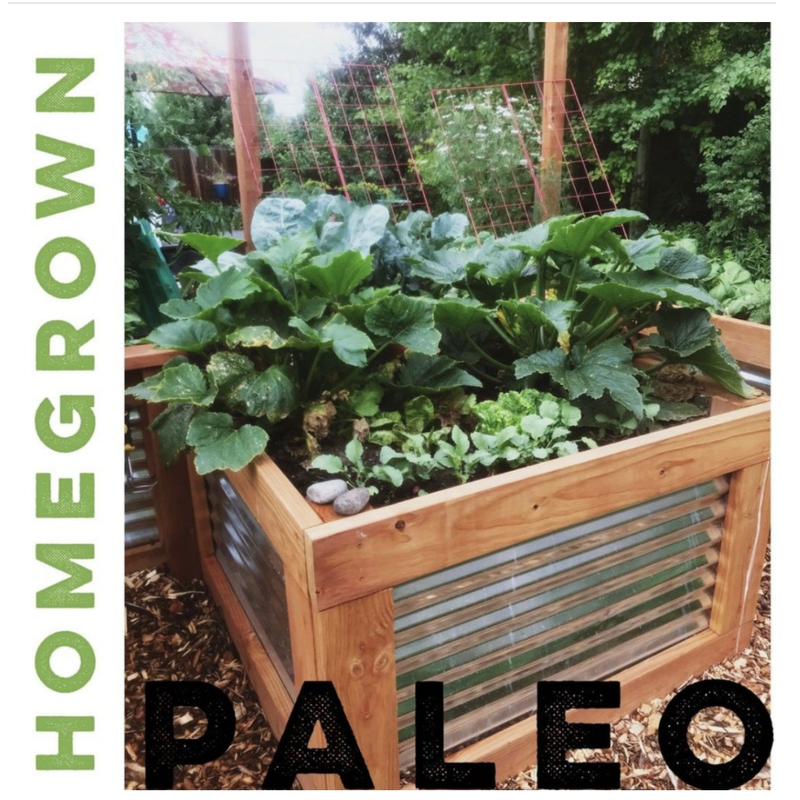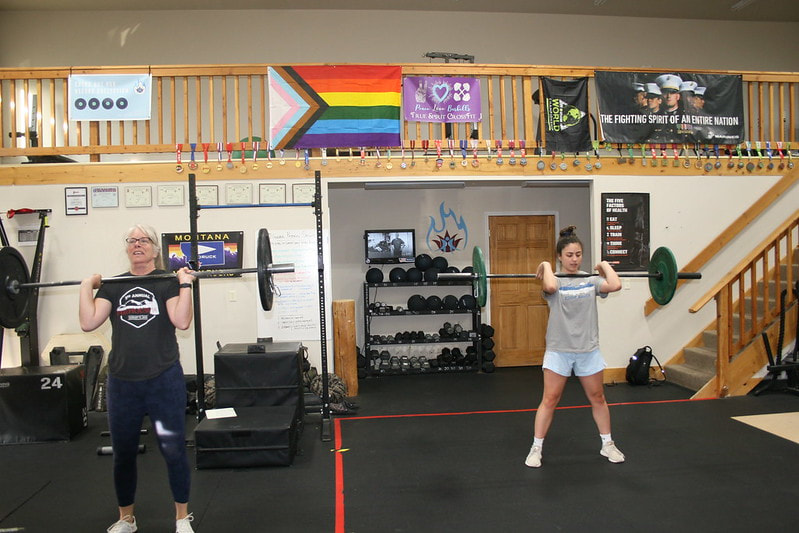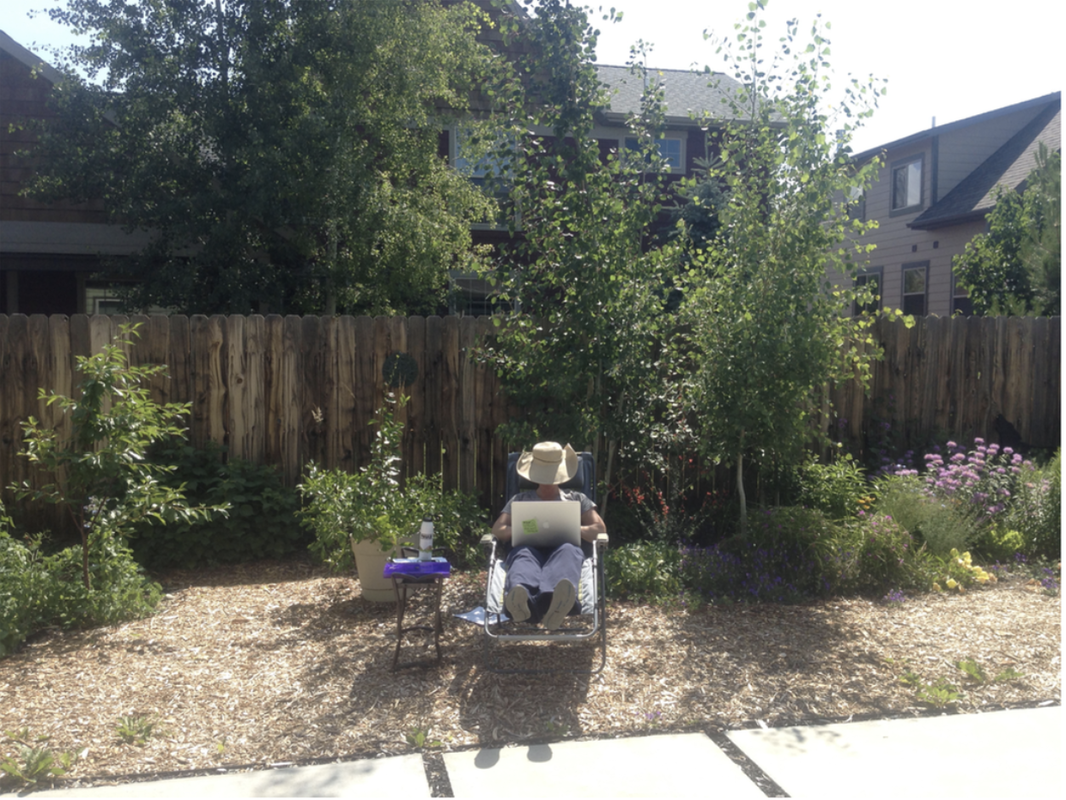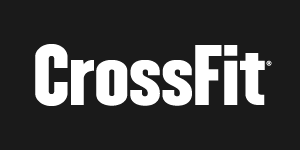Harvesting VeggiesWhen I first started growing vegetables, I was confused at harvest time because I didn’t know just when to pick my veggies. I discovered I’m not alone. For many novice gardeners, our only knowledge of what ripe fruits and vegetables look like comes from the grocery store. Yet, when we begin to grow our own produce, it rarely looks like the blemish-free, polished and waxed fruit and vegetables at the store.
Here are some tips on how to harvest three popular homegrown goodies at the peak of their ripeness and flavor. Tomatoes Nothing can compare with a homegrown tomato. After one season of growing your own, you may never want to buy a tomato in the store again. Store-bought tomatoes can often be almost tasteless because they are often picked while they’re still green, and then sprayed with ethylene gas to force artificial ripening. The picking, transporting and storage process prevents natural ripening and sugar accumulation. Tomatoes undergo a very interesting physiological change when they are about half pinkish-red and half green. At this “breaker” stage, they form a thin layer of cells that seals the fruit from the stem. This layer of cells prevents any nutrient flow from the plant to the fruit. Tomatoes can be harvested at or after the breaker stage and they will ripen normally, but they need to ripen in the sun, such as on a windowsill, for the sugars to fully develop. Tomatoes that are left on the vine continue to ripen and develop sugars because they are exposed to sunlight, not because they are gaining anything from the plant. Store freshly harvested tomatoes on the counter or in a basket, as refrigeration kills their flavor. Some tomatoes, such as green zebra, German grapefruit, and lemon boy, never turn red. So, be sure to save your seed packets or plant tags, as these will often have pictures of the ripe fruit that you can refer to when deciding if it’s time to harvest. Eggplant Generally, eggplant should be harvested when the flesh is springy, and the skin is shiny purple and tight. Test for springiness by pressing into the side with your finger. If the flesh springs back, the eggplant is ready for picking. Eggplants that are past their prime are dull and soft with wrinkled skin. When ripe, white-skinned eggplant, such as Rosa Bianca, will have skin that is glossy white with pink stripes. Melons When trying to determine a melon’s ripeness, look at the condition of the stem and skin color. Cantaloupes “slip” from the vine, leaving a scar where the stem was attached. The bottom, or end opposite the stem, will be soft and fragrant. Their straw-colored skin should be bright. A ripe honeydew may remain attached to the vine, but should also be soft on the bottom side, opposite the stem. While on the vine, watermelons will have a small, curled tendril extending from the vine opposite from where the stem is attached to the vine. This tendril will turn brown and dry out when the melon is ripe. The stem should still be green and difficult to remove from the vine. The skin touching the ground should be buttery yellow. All melons continue to ripen after they have been removed from the vine, and should be stored in the refrigerator or a cool place. This is a reprint of an article I wrote when I was the commercial horticulture program coordinator for the western area of University of Nevada Cooperative Extension. For more specific gardening and horticulture advice be sure to visit your local Cooperative Extension office.
0 Comments
Beneficial InsectsBeneficial insects are those helpful little critters that eat other insects that damage and attack our plants. There are far more beneficial insects than bad ones. Scientists estimate that more than 95 percent of the insect species we see in our landscapes are beneficial. Many beneficial insects are predators that consume other insect pests. Some well-known predators include lady bird beetles (lady bugs), praying mantis, and ambush bugs. While most of these insects are pretty easy to identify in their adult form, they are not as easily recognized in their juvenile or larval stages. Lady bird beetles, for example, are pretty scary looking when young. They look like little black and red alligators! It is important to correctly identify an insect before taking any action. If you need help identifying an insect, place it in a jar and bring it to your local Cooperative Extension office for identification. Spiders are pretty easy to identify, but are often overlooked as predators. They are invaluable at keeping backyard insect populations in check. Resist your urge to kill every spider you see. They are the top predators in your garden and you WANT them there! Many parasitoids are also beneficial. These insects lay their eggs inside or on top of an insect host. A parasitoid wasp must have been the inspiration for the movie, “Alien.” These tiny wasps inject their eggs into a host, where the larvae eat the host from the inside out. Many parasitoid wasps are no bigger than a grain of rice. Some species lay their eggs exclusively in aphids, infamous for munching roses and many other landscape treasures. Attracting beneficial insects to the garden is easy. Some gardeners even plant special “insectaries” near their vegetable garden to ensure good pollination and natural pest control. Two of our founding fathers, Thomas Jefferson and George Washington, were farmers and relied on their insectaries to pollinate and protect their crops. The best way to create an insectary is through plant diversity. Flowering plants, such as yarrow, black-eyed Susan, milkweed, Cosmos, sunflowers, and pincushion flower, provide nectar and pollen that attract many beneficial insects, while ornamental grasses and woody shrubs provide cover and ambush areas. It is important to note that predator populations often lag behind those of their prey. However, when nonselective pesticides are used to control pest populations, predators are also killed. The pests will usually recover pretty well, and can go through two or three population explosions before the next pesticide application. The predators, however, are usually less resilient and have a more difficult time recovering. Therefore, less toxic control methods, such as spraying water to knock off and kill aphids, are often recommended for additional control when predators are not quite keeping up with pests. That way, you keep the beneficials around to continue helping with the problem. Remember that 95 percent of the insect species in your backyard are beneficial. As you become familiar with the natural cycles of your garden, you can actually shape the ecology of your backyard, attracting and encouraging beneficial insects to work for you! Here are excellent resources from Montana Cooperative Extension on two very important beneficial garden insects. This is a reprint of an article I wrote when I was the commercial horticulture program coordinator for the western area of University of Nevada Cooperative Extension. For more specific gardening and horticulture advice be sure to visit your local Cooperative Extension office. What’s vexing your veggies?You carefully prepare your vegetable garden, working in compost, starting seeds indoors, and transplanting after the last frost. Then, it never fails. Your plants drop their flowers, get strange dark spots or mysterious white splotches, or are attacked by miniscule insects. Don’t worry. You can manage these common summer vegetable problems by using “integrated pest management (IPM).” IPM is a sustainable, science-based approach to pest management that identifies and reduces the risks from pests using a variety of methods tailored to the problem. The selective use of pesticides makes IPM different from organic gardening. However, one IPM tenet is to always use the least toxic methods first. The least toxic methods are actually preventative measures. Rotating crops, buying disease-free plants, providing proper irrigation, and taking good care or your plants are the least expensive and least toxic ways to enjoy a healthy garden. Your local Cooperative Extension has a lot of good, research-based information to help you choose and grow healthy veggies. Once your garden is planted and growing, IPM requires that you determine your tolerance threshold for pests and problems in your garden. In other words, can you live with the loss of two tomato plants, but draw the line at losing three? Can you live with a few squash bugs but think a dozen is unacceptable? These are the types of questions we often ask folks who come to our office for answers to their gardening problems. Monitoring and identification is the key to successful IPM. I enjoy taking my morning cup of coffee out to my garden, and walking around to see what’s happening. I am always surprised at how much I learn from quietly observing my plants. I’m delighted to see a new bud here or a beneficial insect there. Once you become familiar with your garden, you will quickly notice when things are off kilter. Many clients come to us lamenting that their plants died suddenly or overnight. However, this is rarely the case. Most plants exhibit several signs or symptoms well before their demise, but we fail to notice them. Regularly observing your plants will enable you to spot potential problems as they arise. Catching problems at the onset allows us to use the least toxic (and often least expensive) method of control. If you see an insect, or condition you don’t recognize, such as a curled or mottled leaf, you can collect it and bring it to your local Extension office. They will identify it and recommend control methods. Often people spray a variety of chemicals to control a problem, only to discover that the problem is easily managed by simply spraying water. Properly identifying your problems will save you time and money, and help protect the health of your family and our environment. Only after you have identified a problem is it time to consider which IPM control methods to use. IPM control methods can be physical, cultural, biological or chemical. The most effective IPM programs use a combination of these techniques to control problems. Physical control Physical controls include hand picking, fencing out, pruning, or any other technique that physically prevents a pest from taking up residence on your plants. Cultural control Cultural control is essentially growing and cultivating the plant according to its specific needs, modifying the habitat as necessary. Often, these needs are detailed on seed packets or plant tags, in catalogs, or in reference books. Your local Cooperative Extension also has information on proper cultural care for growing many vegetables. Biological control Biological control is using a living organism to control your problem by eating it or damaging it. Beneficial insects, such as lady bird beetles, praying mantises, or green lacewings, are introduced to prey on the nonbeneficial insects. The eggs or larval forms of the predacious insects are commonly sold in nurseries and garden centers. Chemical control The final method of control is using chemicals. The precise and careful use of pesticides sometimes may be the only way to control a problem, especially if the problem has already gotten out of hand. So, how can you use IPM to solve some common summer veggie vexations? Here are a few common problems and ways you can solve them using IPM. These problems are often brought on by high temperatures, low humidity, or wide temperature fluctuations – conditions we often experience in southwest Montana during August. Blossom drop Every summer people are mystified because their tomatoes have dropped all of their blossoms. This problem occurs when the temperature drops below 55 F at night, or rises above 90 F during the day. However, uneven watering, low humidity, unusually heavy fruit set, or nitrogen irregularities can also cause blossoms to drop. While you can’t do much to change the weather, there are some steps you can take to help your plants hang on to those blossoms. To increase nighttime temperatures, you can cover your tomatoes with a lightweight floating row cover at night, or use “walls of water” to insulate around each plant. These are easy to use and available at local nurseries. Most importantly, make sure you water regularly, thin fruit, and apply an organic mulch to regulate soil temperature and fertility. Spider mites Spider mites thrive in the hottest days of summer. They will turn your veggie plants into a dry crispy mess if you don’t control them. Since spider mites like it hot and dry, control them by altering their environment to make it cool and humid. Increase the humidity and lower surrounding temperatures by hosing or misting plants during the heat of the day. Powdery mildew If your vegetables are covered with a strange white or grey residue, you may have powdery mildew. Powdery mildew is a fungus that prefers hot, dry conditions. This is confusing to many people since we tend to associate “mildew” with warm, humid conditions. To control powdery mildew, remove the affected plant parts, increase air circulation by thinning and selective pruning, and increase the humidity by misting your plants. Regular watering and keeping the soil moist will also help reduce the infection. As you develop your IPM program, you will discover that many of your veggie vexations are easily solved with good horticultural practices, a little common sense, and getting to know the cycles and rhythms of your garden. This is a reprint of an article I wrote when I was the commercial horticulture program coordinator for the western area of University of Nevada Cooperative Extension. For more specific gardening and horticulture advice be sure to visit your local Cooperative Extension office. Sheet Mulching - An easy way to prepare and create a new landscape.One of the first things people notice when they start gardening in Montana is that our soil is, well, challenging. Our soil tends to be very low in organic matter, and is not generally well structured. Fortunately, there’s a simple and economical way to create fabulous soil – sheet mulching. In other parts of the world, sheet mulching is also called sheet composting, layered gardening, and even lasagna gardening!
Sheet mulching is essentially composting on-site, on the area that needs amending. It is a simple layering of slashed vegetation, cardboard or newspapers, and organic material, topped off with a nice layer of mulch. Over time, these layers decompose into rich fertile soil. Sheet mulching mimics the natural way of building soil, which is from the top down. The alternating layers of cardboard, organic material and mulch provide the appropriate carbon-to-nitrogen ratio that is needed. If you don’t add nitrogen sources when incorporating carbon-rich materials into the soil, such as sawdust, wood shavings and newspaper, the carbon will temporarily deplete the soil of nitrogen, and it will be difficult to successfully grow anything. For successful sheet mulching, you need to provide appropriate amounts of both carbon and nitrogen. Here’s how to get it right. Slash or closely mow all existing herbaceous (soft-tissued, nonwoody) vegetation, and leave it in place. This will provide a layer of nitrogen-rich material. However, it is best to remove tomato and squash plants from the area to avoid potential disease and pest problems. Next comes the carbon layer. Flatten a bunch of cardboard boxes, and lay them down, overlapping them by 6 inches. You can also use a one-quarter- to one-half-inch layer of newspapers, torn up phone books, or old pieces of carpet. Soak everything with a hose. Wetting down this layer is important. Water is a catalyst to kick-start the decomposition of the materials. Once everything is thoroughly soaked, try not to walk on it, or you may tear it. Next, it’s time to spread a layer of manure or compost. If you are doing this now, and plan to plant vegetables or annuals and perennials, you can use fresh manure if it is weed-free. Otherwise, use aged manure or compost. Then, wet the area again. The layer of manure or compost will entice earthworms and other soil organisms up into the sheet mulch and hasten its decomposition. Finally, top it all off with at least a 2-inch layer of mulch. Straw is a good choice because it is inexpensive, about $7 a bale. Just be sure that it is certified weed-free. The beauty of sheet mulching is its versatility. It can be used to build rich garden soil, or it can be used to convert lawn into a low-water-use landscape. Since sheet mulching provides the ideal carbon to nitrogen ratio, you can plant directly into it! Just pull aside the mulch and organic material, cut an “X” into the bottom layer, dig your hole, and install your plant. Then, put the organic material and mulch back into place. There you have it – a simple, inexpensive, and nontoxic way to kill your lawn and instantly install a new landscape! Sheet mulching kills weeds and lawns without herbicides, while building the soil without requiring tilling. It is a great way to begin creating a sustainable landscape, and it’s practiced all over the world. This is a reprint of an article I wrote when I was the commercial horticulture program coordinator for the western area of University of Nevada Cooperative Extension. |
Special EventsRecord your WOD on Beyond the Whiteboard.
Do you need CrossFit or yoga gear? Click on the links below to buy through our GORUCK, Reebok, Rogue or Affiliate share sale programs. These are affiliate links and our gym will be compensated if you make a purchase after clicking on these links.
Check out our Flickr page!
Categories
All
Archives
April 2024
|
True Spirit CrossFit
|






 RSS Feed
RSS Feed

